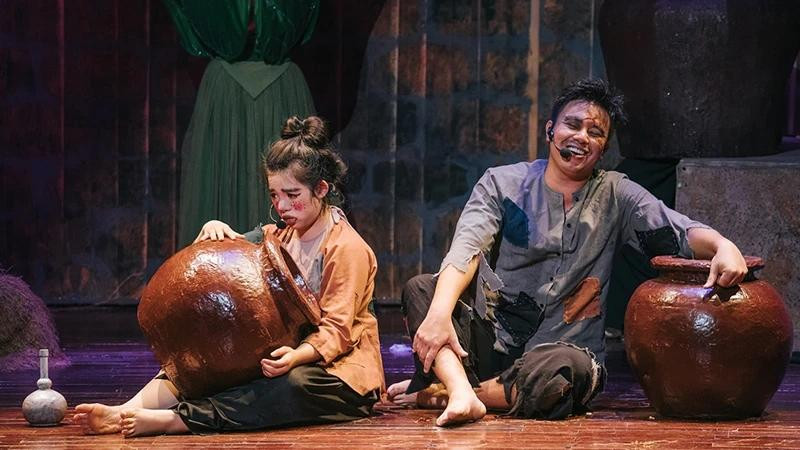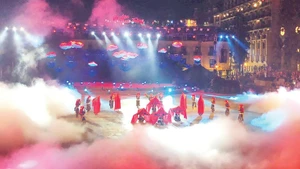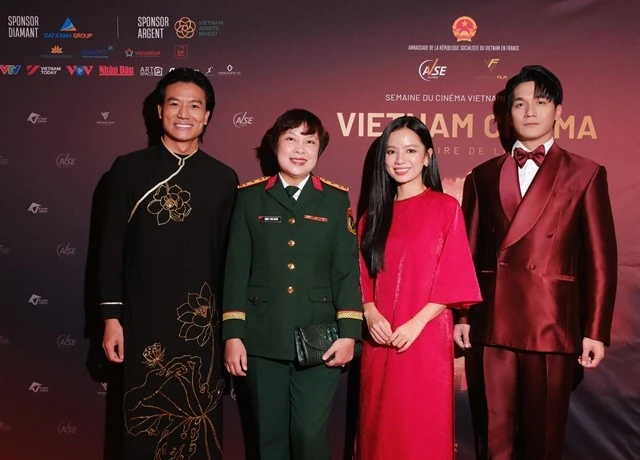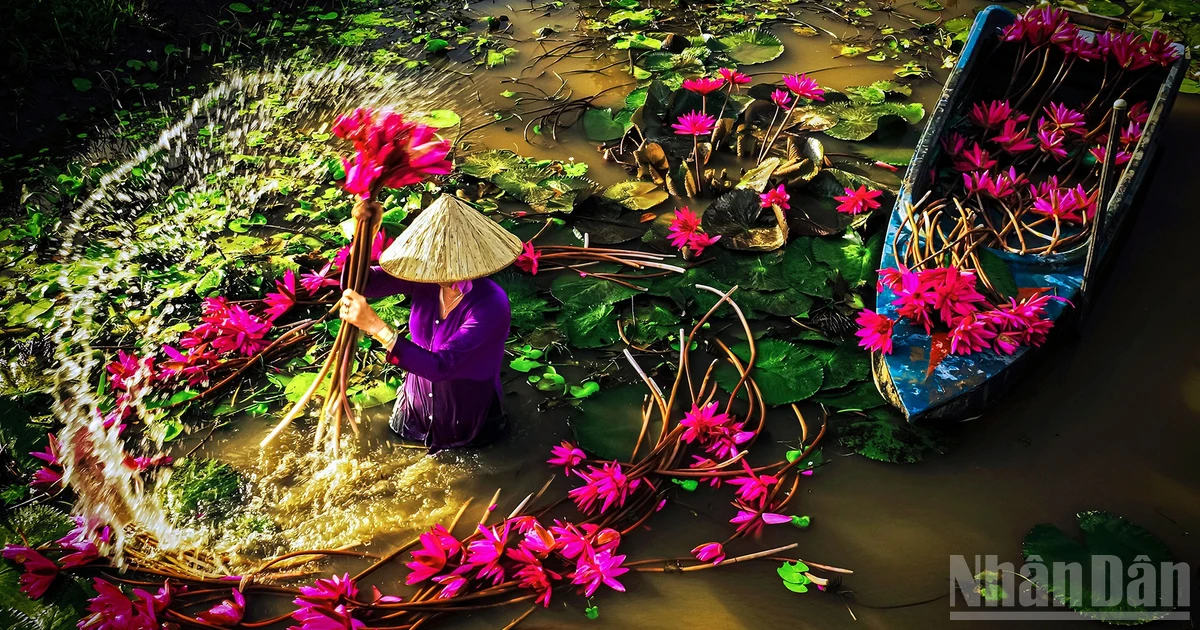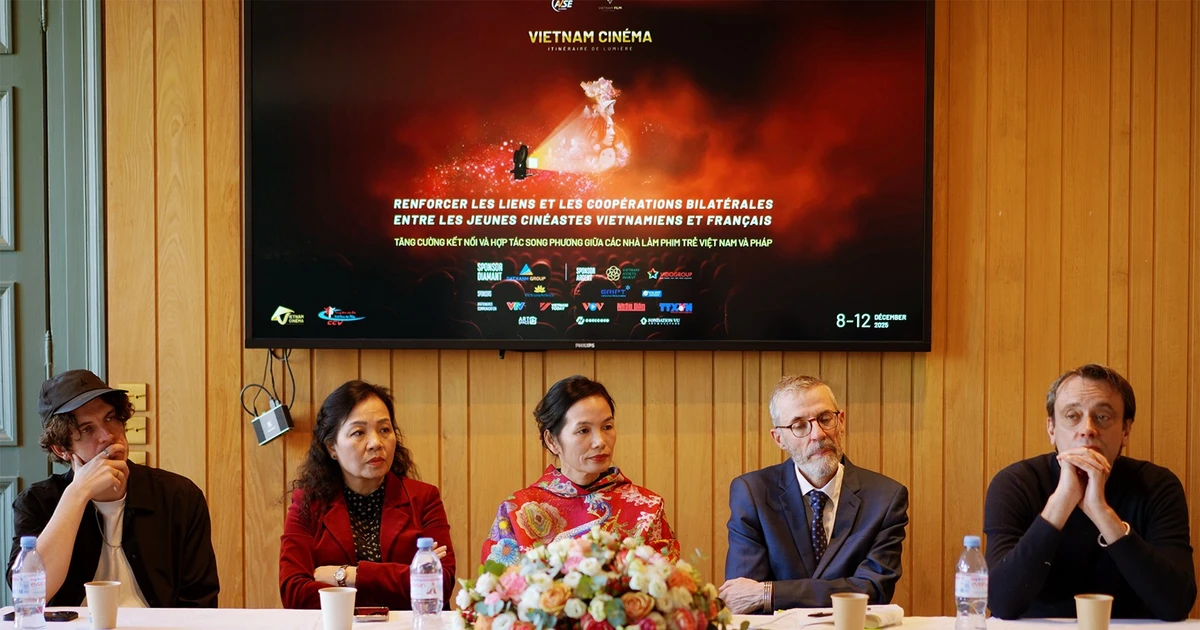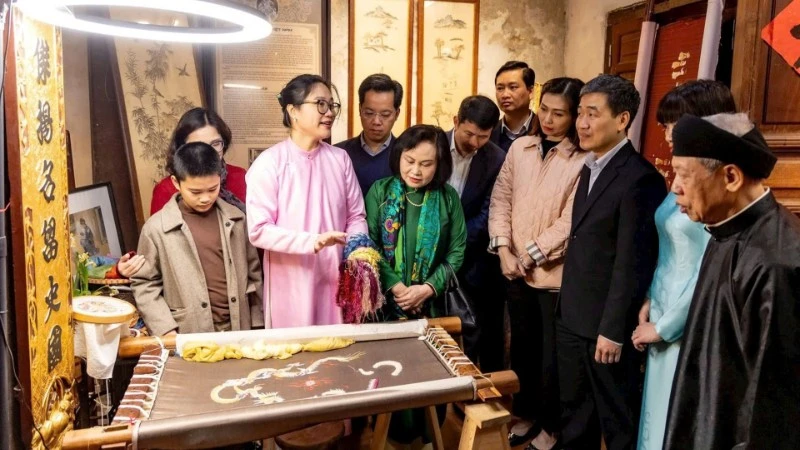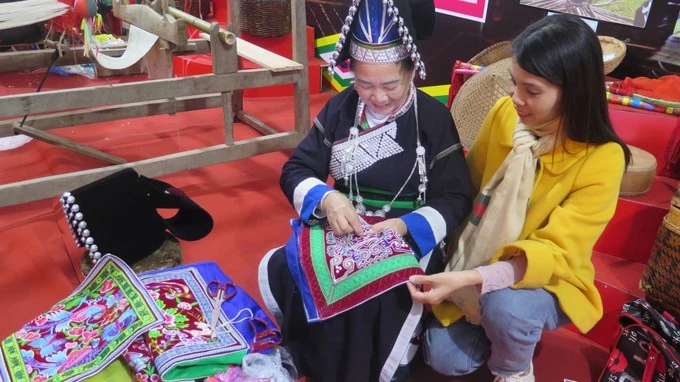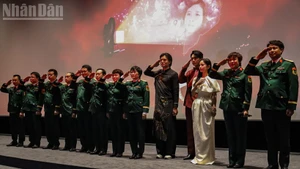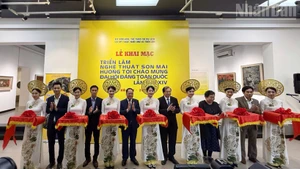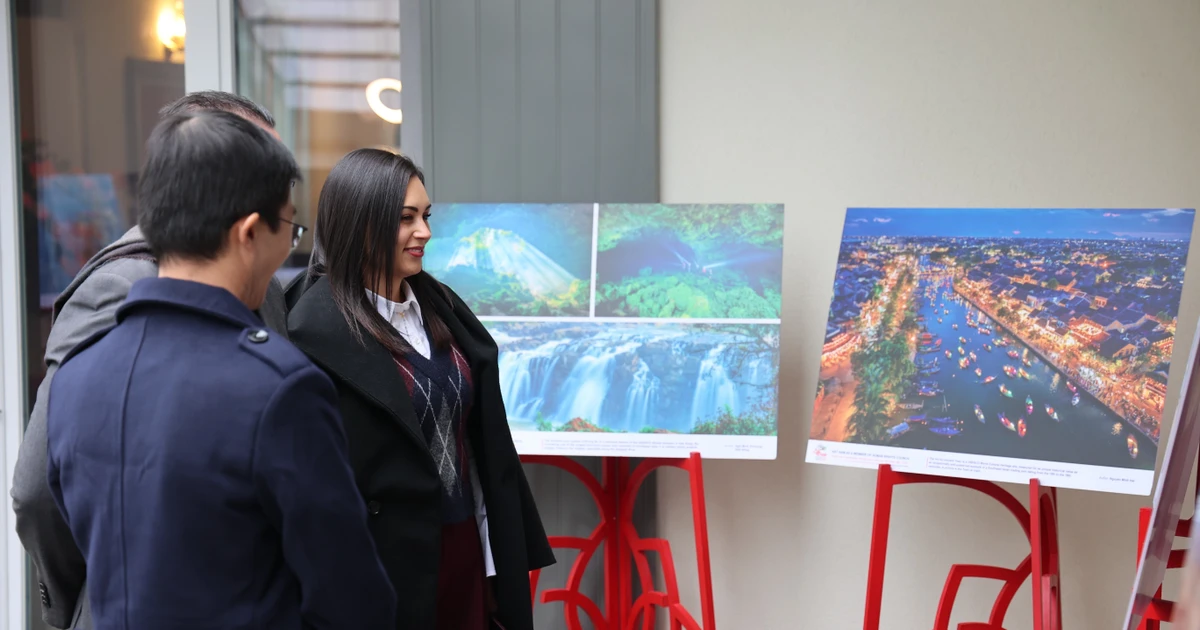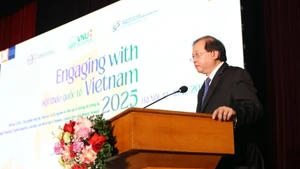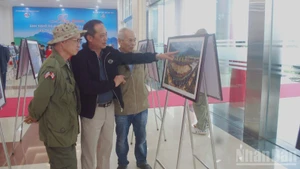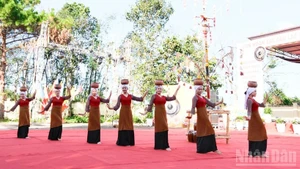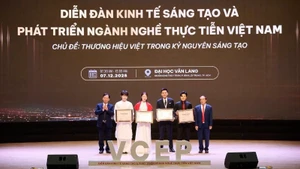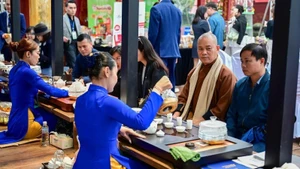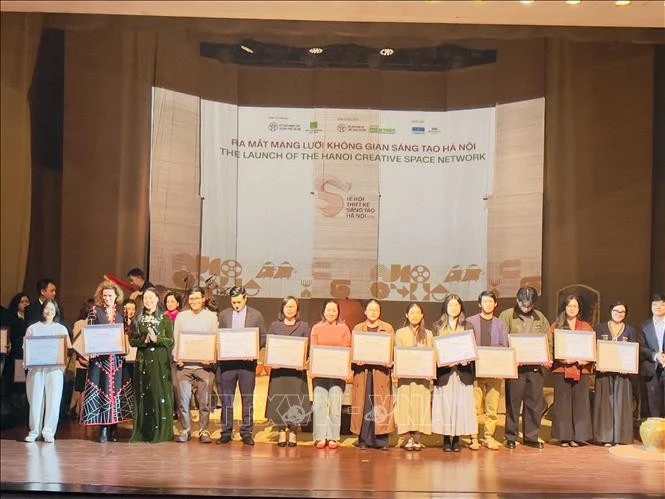It’s clear that Vietnamese audiences have never before had as many opportunities to access and enjoy musical theatre works as they do now. Notably, alongside the appearance of classical Western-style productions, many musical theatre pieces composed by Vietnamese creators telling Vietnamese stories are being actively explored by various art organisations.
Some popular Vietnamese musical productions that have received audience appreciation recently include: “The Adventures of a Cricket” (Ho Chi Minh City Ballet Symphony Orchestra and Opera); “Saigon Snow”, “Tam and Cam”, and “Thuy Tinh - The 101st Child” (Buffalo Theatre Entertainment); and “Tien Nga” (Idecaf); “Yellow Flower Camp”, “Waves”, and “Five-coloured Stone” (Youth Theatre).
Recently, there have also been successful political musicals, notably “The Helmsman” (People’s Police Theatre), recreating the life and revolutionary career of President Ho Chi Minh, and the musical “Red Aspiration” (Military University of Culture and Arts in collaboration with Vietnam National Opera and Ballet), depicting stories about the ideals of modern soldiers.
Specifically, the appearance of two purely Vietnamese musicals at the 2024 National Music and Dance Festival: “Chi Pheo’s Dream” (Thang Long Music and Dance Theatre) — Excellence Award, and “The Woman Thief — Also a Human Life” — Silver Medal, left many viewers amazed at how good musical theatre could be. Among these works, some were inspired by Vietnamese literature and history, while others were completely new compositions or based on true stories from life. With varying degrees of success, they are all contributing to realising the dream of a “made in Vietnam” musical theatre industry and affirming the development potential of the domestic musical theatre market.
Since Vietnam’s first musical, “Miss Sao” (script and music by Do Nhuan), was staged in 1965, Vietnam’s musical theatre has undergone nearly 60 years of development. However, it must be frankly acknowledged that Vietnamese musical theatre still needs improve many aspects if it wants to go far and establish its brand. Compared to some other art forms, musical theatre is a relatively difficult segment. According to Director Le Anh Tuyet, musical theatre is like a high mountain with a brilliant sun at its peak with myriad sparkling colours, but to touch it, you must have sufficient skills and intense training to conquer the mountain.
Musical theatre requires performers to master two to three skills, from dancing and singing to acting. However, there are not many performers in Vietnam who possess all these skills and can apply them proficiently on stage. Moreover, Vietnam lacks professional training institutions for musical theatre performance. This leads to both art organisations and artists having to “feel their way” when staging productions.
Looking at the landscape of Vietnamese musical theatre, it’s not difficult to notice the imbalance in artists’ performance techniques. When watching productions from theatre-oriented companies, one can see that acting clearly dominates over singing and dancing. Conversely, in musicals by music and dance-focused organisations, acting abilities tend to be weaker. In musical theatre, music is an extremely important element, but in some productions, this aspect has not received adequate investment.
Recently, with the support of projection equipment, modern sound and lighting technology, the visual elements of musicals have received increasing investment, but there remains a void in the domestic pool of authors, directors, and scriptwriters who truly understand and can create musical theatre.
Looking at the Republic of Korea, musical theatre was introduced to the East Asian country around the 1960s, at roughly the same time it appeared in Vietnam. However, by 2000, Korea had established professional musical theatre education programmes and qualified musical theatre instructors, creating rapid development in this field. For 20 years, the Korean government has continuously implemented strategies to expand Korean musical theatre globally, through direct investment consultations, connecting domestic producers with international partners. And now, Korea has officially become one of the world’s four largest musical theatre markets.
From the development experience of Vietnam’s neighbours, it’s clear that for Vietnamese musical theatre to make long-term progress, it needs special mechanisms to train and supplement professional human resources for musical theatre and appropriate investment to promote creativity and create musical theatre works with Vietnamese identity and branding. Additionally, policies are needed to form a market for musical theatre, gradually developing the musical theatre industry to make meaningful contributions to cultural industry development.
